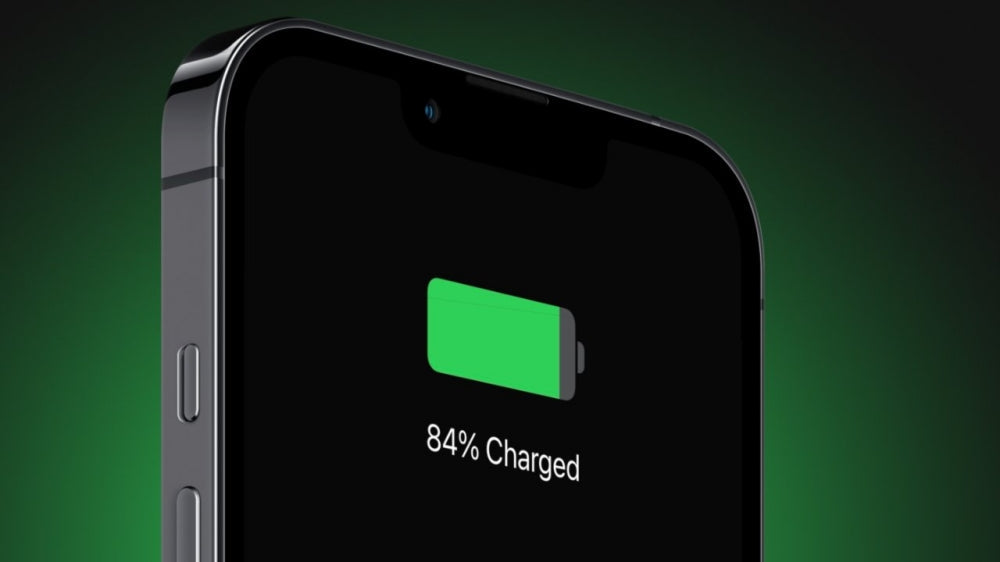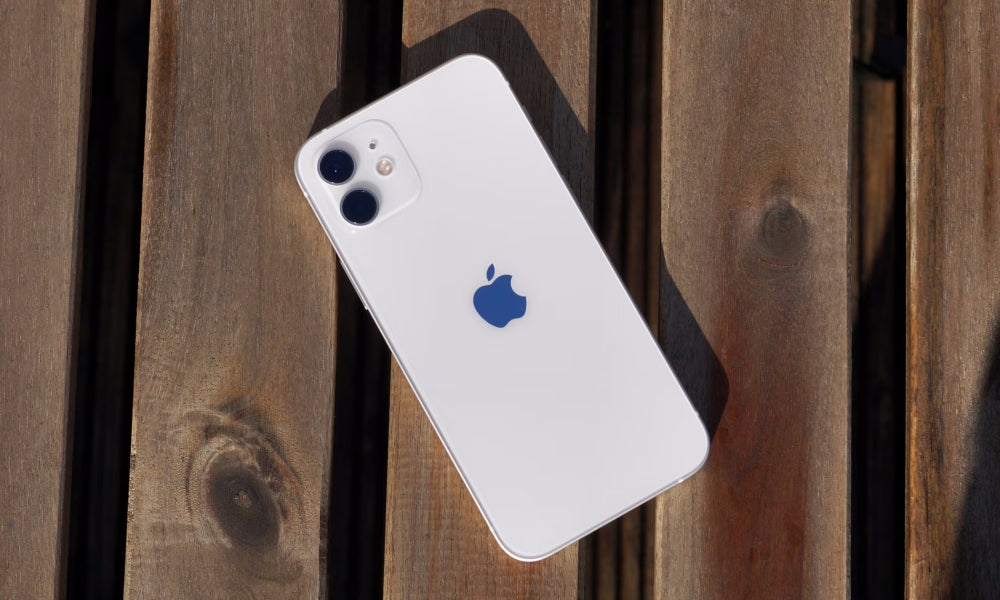Running out of battery on the go is frustrating—especially when you don’t have a charger handy. Thankfully, many modern smartphones now support a feature called battery sharing, also known as reverse charging, which allows one device to transfer power to another. Whether you're using an iPhone or Android, this guide will show you how to share battery on iPhone 16/15/14/13/12/11, Android, or even cross-platform like how to share battery on iPhone to Samsung. We’ll cover wired vs. wireless methods, fix common issues, and introduce an ideal solution from Veger at the end.
Can I Share Battery on My Phones?
Battery sharing, also known as reverse charging, allows one device to transfer its battery power to another. This feature is particularly useful when one device is low on power, and there's no immediate access to a charger. While many Android devices have embraced this technology, iPhones have been more conservative in its adoption.
How to Share Battery on iPhone
Apple introduced battery sharing with the iPhone 15 series, using the USB-C port for power delivery. This feature lets you charge accessories like AirPods, Apple Watches, or another iPhone, but it’s limited to wired connections. Currently, how to share battery on iPhone without cable or how to share battery on iPhone wirelessly isn’t supported, as Apple hasn’t implemented reverse wireless charging. For more on this, see: Do iPhones Have Reverse Wireless Charging? Here's Overview
Here’s how to share battery on iPhone 16/15/14/13/12/11 (only iPhone 15 and 16 support this):
- Check Compatibility: Only iPhone 15 and 16 models support battery sharing. Older models (iPhone 14, 13, 12, 11) lack the necessary hardware.
- Use a Compatible Cable: You’ll need a USB-C to USB-C or USB-C to Lightning cable, depending on the receiving device.
- Connect Devices: Plug the USB-C end into your iPhone (power source) and the other end into the device you’re charging.
- Monitor Power Transfer: Charging starts automatically if your iPhone’s battery is above 20%. No settings are required.
- Disconnect After Charging: Unplug the cable to stop sharing and preserve your iPhone’s battery.
This wired method delivers up to 4.5 watts, ideal for charging small devices. For wireless sharing, you’ll need external solutions like MagSafe battery packs.
How to Share Battery on Android
Android devices, especially flagships from Samsung, Google, and Huawei, offer robust battery-sharing options, including wired and wireless reverse charging. How to share battery on Android is straightforward on supported devices, making it a versatile feature.
Here’s how to do it:
- Confirm Support: Ensure your device supports reverse wireless charging (e.g., Samsung Galaxy S21, S22, S23, Google Pixel 8).
- Enable Battery Share: Navigate to Settings > Battery > Battery Share (varies by brand). Turn the feature on.
- Wireless Sharing: Place the devices back-to-back, aligning the backs. Remove thick cases for better connectivity.
- Wired Sharing: Use a USB-C to USB-C cable to connect devices, similar to iPhone’s method.
- Monitor and Disconnect: Watch your phone’s battery level, as reverse charging drains it quickly. Disconnect when done.
Wireless sharing is slower (5-10% per hour) but convenient, while wired sharing is faster. Android’s dual options make it ideal for various scenarios.
How to Share Battery from iPhone to Android
Currently, iPhones do not support wireless battery sharing to Android devices. However, with the introduction of USB-C in iPhone 15 and 16, wired charging between devices is possible.
To share battery from an iPhone 15 or 16 to an Android device:
- Ensure both devices support USB-C connections.
- Connect the two devices using a USB-C to USB-C cable.
- The iPhone will automatically detect the connection and begin charging the Android device.
For Android-to-iPhone sharing, use wireless reverse charging (if supported). Place a Qi-compatible iPhone (8 or later) back-to-back with the Android device. This cross-platform flexibility makes battery sharing practical.
Note: The charging speed may vary based on device compatibility and battery levels.
Wireless vs. Wired Battery Sharing: Pros and Cons
Understanding the differences between wireless and wired battery sharing can help you choose the best method for your needs.
Wireless Battery Sharing:
- Pros: Convenient, no cables required, and allows for quick top-ups.
- Cons: Slower charging speeds, potential for device overheating, and requires precise alignment.
Wired Battery Sharing:
- Pros: Faster charging speeds, more efficient power transfer, and less heat generation.
- Cons: Requires compatible cables and ports, and less convenient due to physical connection.
For a deeper dive into the pros and cons of each method, visit: Wireless Charging VS Wired Charging
How to Fix Battery Sharing Issues
Encountering problems with battery sharing? Here are some solutions:
- Ensure Compatibility: Not all devices support battery sharing. Confirm that both devices are compatible and have the feature enabled.
- Check Battery Levels: Some devices require a minimum battery percentage to initiate sharing. For instance, Samsung's Wireless PowerShare requires at least 30% battery.
- Remove Obstructions: Cases or accessories can interfere with wireless charging. Remove any such items before attempting to share battery.
- Restart Devices: A simple restart can resolve minor software glitches that might hinder battery sharing.
- Update Software: Ensure both devices are running the latest software versions to benefit from the latest features and bug fixes.
FAQs about Sharing Battery on Phones
Can all iPhones transfer battery?
No, only iPhone 15 and 16 models support battery sharing via USB-C. Older models (iPhone 14, 13, 12, 11) lack the hardware for this feature. Check your device’s specs before attempting.
Does battery sharing work with all Android devices?
Not all Androids support battery sharing. Flagship models like Samsung Galaxy S21, S22, S23, or Google Pixel 8 typically offer wired or wireless reverse charging. Verify support in your device’s settings.
Is battery sharing safe for my device?
Yes, accessories like AirPods can be charged via wired sharing on iPhone 15/16 or wireless sharing on supported Androids. Ensure compatibility and proper alignment for wireless charging.
How to share battery on iPhone without cable?
Currently, share battery on iPhone without cable isn’t possible, as iPhones lack reverse wireless charging. You can use a MagSafe battery pack or a portable charger like those from Veger for wireless-like convenience. For true wireless sharing, consider Android devices with PowerShare.
Wrapping Up
Battery sharing is a valuable feature that offers convenience and flexibility in our increasingly mobile lives. While Android devices have embraced this technology more extensively, Apple's recent advancements hint at a more connected future.
For those seeking reliable and efficient charging solutions, Veger offers a range of power banks and wireless chargers designed to keep your devices powered. From portable power banks to advanced charging accessories, Veger ensures you're always connected.




